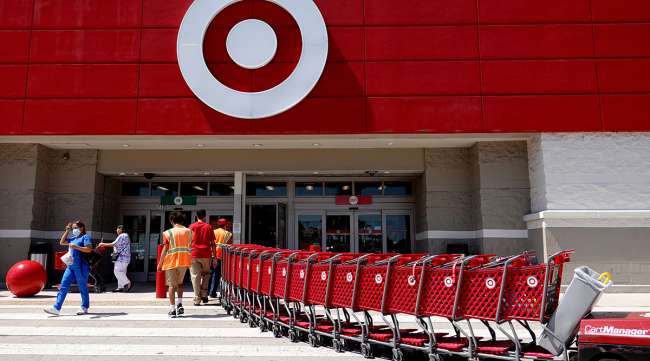Star Tribune
Target to Invest $100 Million in Sorting Centers for Order Deliveries

[Stay on top of transportation news: Get TTNews in your inbox.]
MINNEAPOLIS — The next Target online order that ends up at your door might come from a new type of shipping facility aimed at making deliveries cheaper and faster.
Target Corp. will spend $100 million to build six new “sortation centers” across the country throughout the next three years as the retailer explores how to reduce costs and make delivering orders to customers more efficient.
Modeling the new warehouses after its original facility opened in October 2020 in northeast Minneapolis, Target says it will grow its nine package-sorting centers to a network of 15 facilities by the end of 2026.
“Our sortation centers are a critical part of our stores-as-hubs strategy,” said Gretchen McCarthy, Target’s recently appointed chief global supply chain and logistics officer, in an interview with the Star Tribune. “They help us deliver more efficiently, faster to our guests and at a lower cost while continuing to increase our capacity and fuel our growth.”
Target has used its stores to act as mini shipping warehouses for years. The majority of products for Target orders are sent from their stores, but in order to save time for store workers and space in store backrooms, Target began to test the sortation center model during the height of the pandemic.
After a customer places a digital order, Target employees pick the items from the store and pack them to be shipped to the “sortation center.” This saves time because the workers don’t need to organize the packages by carrier and location.
Packages from a cluster of 30 to 40 Target stores then make their way to one sorting facility.

Host Mike Freeze speaks with Online Transport's Randy Obermeyer about diagnostics. Hear the program above and at RoadSigns.TTNews.com.
The “sortation center” then organizes the orders into shorter-distance deliveries — for drivers who work at Target-owned grocery delivery company Shipt — and longer ones that other carrier partners will deliver. At night, the Shipt orders further organize into neighborhood-specific delivery routes.
Shipt drivers later arrive at the facility in rounds to load their own vehicles and make the deliveries. Up to 40% of Target’s last-mile delivery orders with Shipt arrive at customers’ doorsteps the next day after placing the order.
Last year, Target began to test providing larger vehicles for Shipt drivers so they could deliver more orders. Eventually, the pilot will expand to all the facilities.
Target has found sortation centers could lower the average amount of money it costs deliver orders by nearly a third. “Sortation centers” could deliver an estimated more than 50 million packages this year, double last year’s total.
“For us, it is really about investing in the continued growth that we are seeing,” McCarthy said.
In addition to the “sortation center” in the Twin Cities, Target currently operates sorting facilities in Texas, Colorado, Illinois, Georgia and Pennsylvania. Last year, the Minneapolis retailer also opened two centers in Chicago and one in Denver.
Want more news? Listen to today's daily briefing below or go here for more info:
Distributed by Tribune Content Agency, LLC




